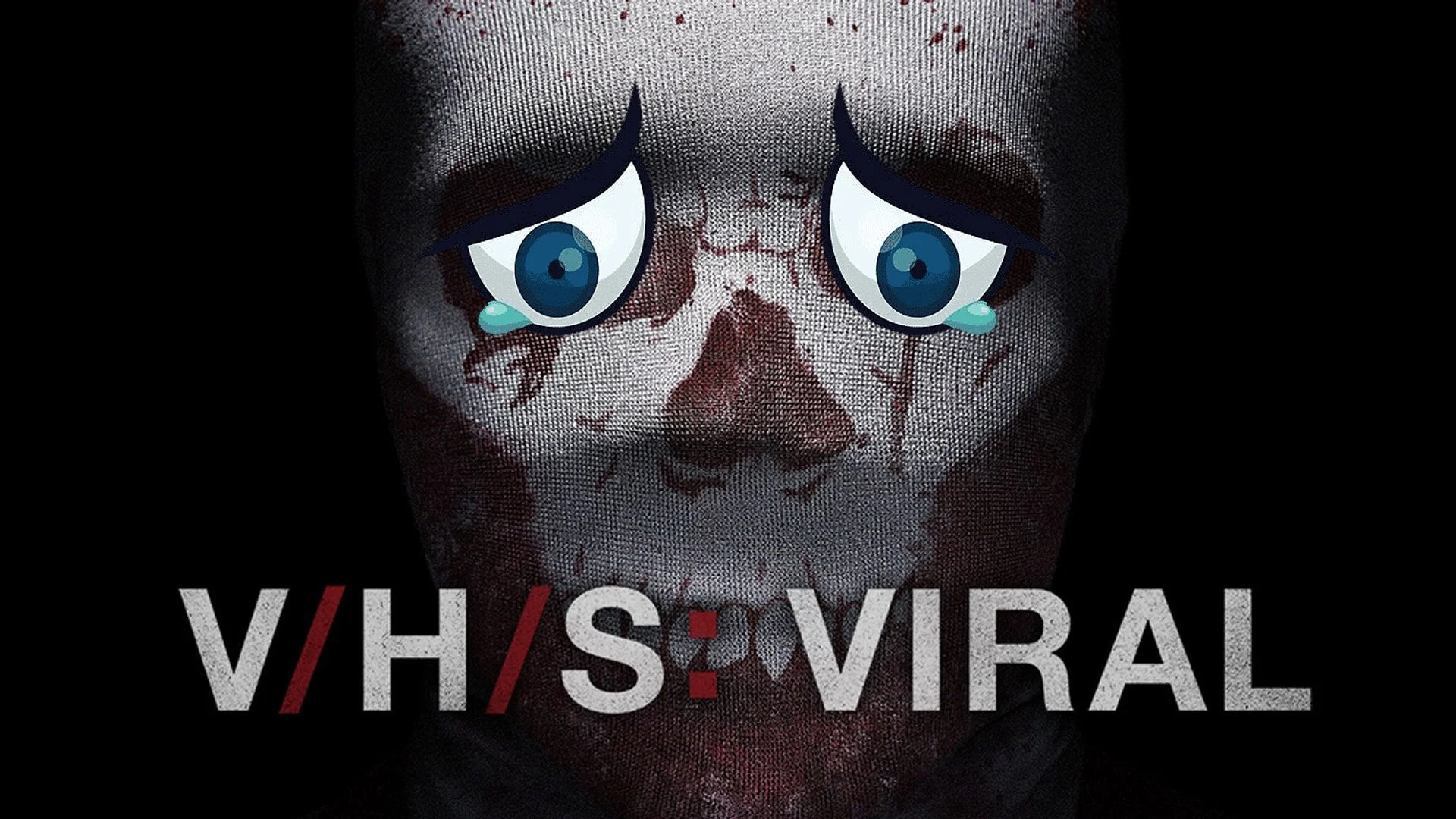History Of The Creature Feature
Image Source: CultureSlate
Creature features are one of the most least talked about subgenres of horror. These films have also been referred to as monster movies and have been around longer than most of the other subgenres we have. The films lean heavily into folklore and urban legends which in many cases makes them scarier than a film featuring an ax-wielding maniac. For part three of my series, we are going to dive into the history of the creature feature. Make sure you check out parts one and two!
To start, let’s look at what a creature feature actually is. They are defined as a horror film in which one or more monsters play a prominent role. This is a fairly loose definition which is why we have many films such as Jaws that are technically considered horror even though that doesn’t seem like the right classification. One of the most interesting and unique things about creature features is that they evoke a sympathy for the “villain” that you don’t get with most other subgenres of horror. Most of the “monsters” that are featured in these films are innocent creatures that were either brought back to life, removed from their homes, or had their homes invaded by humans who then decided that they are evil. Films like Univeral’s The Mummy from 1932 saw Imhotep resurrected by archaeologists who were then terrified of him. The Creature in The Creature from the Black Lagoon has his home invaded by humans who then attack him. These films are much more complex than many other horror films which is what makes them so special.
RELATED:
Image Source: IMDb
The first creature feature was a German silent film created in 1915. Der Golem “The Monster of Fate” was based loosely on Jewish folklore and saw a clay statue brought to life who went crazy when the women he loved did not reciprocate his affection. After the creation of moving pictures, filmmakers focused heavily on bringing folklore to life which is why most of the monsters we have today can be traced back to folklore and urban legends from around the world. In 1922, another silent German film was released that would lay the blueprint for most of the vampire and werewolf films we have today. Nosferatu: A Symphony of Horror was the unauthorized retelling of Bram Stoker’s Dracula and dove into the idea that we could be afraid of ourselves, and sometimes that was scarier than any monster.
The biggest breakthrough for creature features wouldn’t come until eleven years later when American filmmakers started creating their own monsters. In 1933, King Kong was released and took audiences by storm through its use of special effects to make the monster look more real than anything we had seen before. This film is what paved the way for other creature features like 1953’s The Beast from 20,000 Fathoms and 1954’s The Creature from the Black Lagoon. The 1950s saw Japanese filmmakers joining the party when their Kaiju “giant monster” films grabbed Western audiences attention with their larger than life creature, Godzilla. Not only did King Kong and Godzilla lay the groundwork for future creatures, but they also became their own incredible franchises.
Unlike most other subgenres the creature feature has never slowed in popularity. Since they first hit the big screen in 1915, we have had a steady flow of new creatures. Films like Jaws and Jurassic Park stuck to the framework laid by Godzilla and King Kong while films like Dracula followed the framework of Nosferatu. One of the most exciting things about 2024 is that we are seeing a resurgence of the classic monsters with Nosferatu hitting theaters this Christmas, and The Creature from the Black Lagoon, Bride of Frankenstein, and The Wolfman all seeing remakes already in the works. Like the creatures in their films, this subgenre is never going to die.
READ NEXT:















